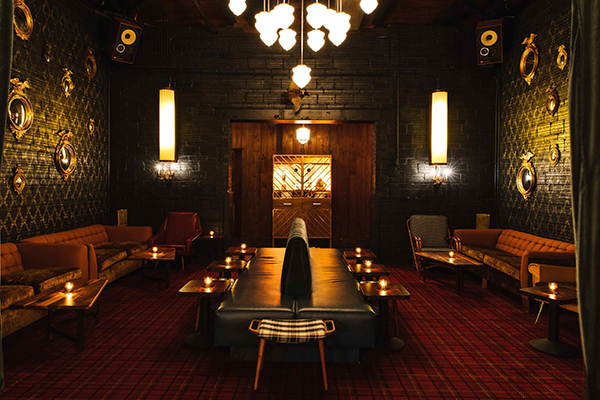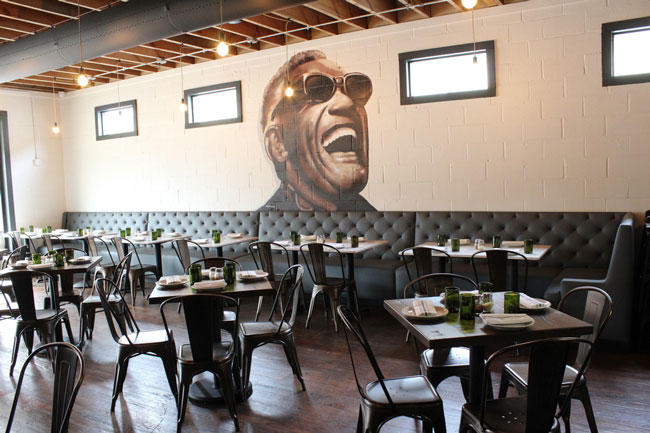Restaurants use about five to seven times more energy per square foot than other commercial buildings, according to Energy Star. This is because equipment such as grills, refrigerators and ventilation hoods, in addition to pole lights and multiple HVAC systems, are constantly running. Surprisingly, as much as 80% of the $10 billion annual energy bill for the commercial food sector is attributed to inefficient food cooking, holding and storage, according to Engie Impact, a New York-based sustainability consultancy.
Since energy-efficient equipment doesn’t need to work as hard, the service life of these units is prolonged. In addition, these models will perform better, while meeting or exceeding necessary production standards.
With commercial kitchen codes changing in various states to promote electric equipment, the energy conservation conversation is evolving.
Benefits & Challenges
By incorporating energy-efficient equipment there can be a substantial financial benefit. Utilities are a big expense on profit and loss sheets, so reducing energy consumption brings real cost benefits to the table.
Use of Energy Star and more efficient equipment results in a quick payback. So even though these units may require a bigger upfront investment, the return is typically quick, especially with today’s government rebates.
“With all of the different energy intensive equipment that is needed to run a full foodservice operation — for many hours a day, up to seven days a week — investing in equipment that is energy and water efficient can greatly reduce your ongoing operational costs,” says Tanja Crk, product manager for Energy Star Commercial Food Service. “These energy and cost savings can compound and add up to significant annual savings on utility bills, which can then be reinvested into other parts of your business. Additionally, using less energy in your commercial kitchen helps to reduce the carbon footprint of your business, which benefits your community and the environment.”
There are also public relations benefits to becoming more energy efficient. For example, operators can publicize that their restaurant is focused on reducing its carbon footprint. This broadens the appeal of an operation.
As for ancillary benefits, equipment that is more energy-efficient can reduce kitchen temperatures to create a better work environment. Plus, because these units provide increased performance in many cases, output can be greater.
One misnomer about energy-efficient equipment is that because it utilizes less energy, it is not working as hard or producing as much. In most cases, an Energy Star oven will work faster and produce more food than a standard model.
There also are benefits when it comes to temperature consistency and overall food quality. A griddle that is more efficient will not only provide uniform heating across the top for uniform results but also will provide better productivity and cost less to operate. This also leads to a reduction in food waste.
Operating more sustainably does have its challenges. For example, availability of energy-efficient equipment may be an issue with today’s supply chain disruptions. Also, unlike a car that provides details on miles per gallon, there are no similar metrics for foodservice equipment.
One of the biggest mistakes in taking an energy efficient path is focusing on value engineering or purchasing cheaper equipment at the expense of higher energy bills. The reason is this approach focuses on capital costs, without taking operating costs, which typically are higher, into consideration. Also, poor commissioning of energy using systems (i.e. make sure everything is installed and working properly), can impact efficiency.
“To make it easier for foodservice operators to access financial incentives, utilities and other efficiency programs, sponsors have begun engaging CFS equipment dealers and distributors in energy-efficiency program design and implementation to give more commercial kitchens access to lower cost energy-saving equipment,” says Crk. Information on these midstream programs can be found on the Energy Star website.
Another common misstep is not commissioning equipment. Operators purchase and install equipment such as a dishmachine, fryer, ventilation hood or oven, without first confirming that it works as it should in the operation. This can result in overworking the air conditioning to compensate for an improper hood, for example. One of the worst mistakes is overdesigning a kitchen with too many pieces of equipment, rather than choosing multifunctional units or models that are more energy efficient that have lower operating costs.
Especially in noncommercial applications, equipment will need to last as long as possible. For this reason, it makes more sense to incorporate energy-efficient units that minimize utility consumption and operating costs, provide a longer service life and adapt to tighter margins.
What to Consider
Per square foot, restaurants use an annual average of 38 kWh of electricity and 111 cubic feet of natural gas, according to E Source Cos. Cooking, water heating, refrigeration and space heating comprise almost 80% of total energy use in restaurants.
When looking at energy efficiency, designers recommend operators meter equipment that is under purchasing consideration.
Hoods are a space where energy can be reduced. With ventilation hoods, much of the energy consumption has to do with lineup of equipment underneath as well as the hood accessories. It pays to look at the relationship with makeup air and exhaust. For example, a wall-mounted hood is more efficient than an island type.
Also, utility usage is another aspect to consider. A dishmachine that has hot water recovery will cost more but have a shorter return on investment. In addition, electricity use will be more efficient for walk-ins that have dedicated condensing systems.
Energy-Saving Steps
Because energy efficiency is holistic, it’s important to look at how all systems relate to one another. The first step to energy savings is to assess the entire operation.
Labor, food waste, real estate cost and decarbonization are all components of an efficient design. The menu is a key consideration when looking at the equipment. Operators should consider which pieces of equipment can be switched out for energy-efficient alternatives or multifunctional units. For example, can an oven and steamer be replaced with a combi? Can an induction system be used instead of an open burner range?
The cookline also should be at the top of the list and be not just efficient but also flexible. If the cookline size is reduced, this will decrease the energy needed to operate the HVAC system. This involves coordinating the heating, ventilation and air conditioning appropriately. Also, the ventilation hood’s energy use will be better optimized with a shorter cookline. Updated technology, such as demand control ventilation systems, will automatically reduce air flow when cooking equipment is not operating. On average, experts say this can cut energy bills in half. The more automation, the more energy is conserved.
Also, operators can save energy and money by utilizing equipment less during peak usage periods and ramp up production during off peak times. For example, an ice maker can be run overnight and benefit from a lower kilowatt rate.
“The newest developments in energy efficiency for commercial foodservice include product-specific technological advancements, such as utilization of low-global warming potential refrigerants in commercial refrigerators and freezers; multi-functional equipment offerings that may be used to optimize space such as commercial combination ovens; high-temperature dishmachines with heat recovery technology and ventless solutions for certain types of cooking equipment can contribute to energy cost and utility bill savings; and the rising interest in commercial induction technology that will be eligible for the Energy Star label later this year,” Crk says.
Energy-efficient operations benefit from lower operating costs, better equipment performance and greater food production while also cutting carbon and potentially reducing labor and food waste and creating a more comfortable kitchen. To take advantage of all these benefits, kitchen design should include all energy using systems — cooking, holding, refrigeration, kitchen ventilation and hot-water/sanitation.



